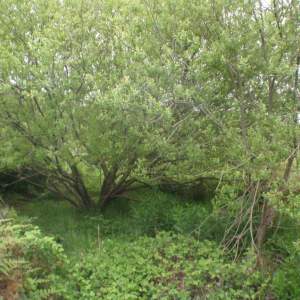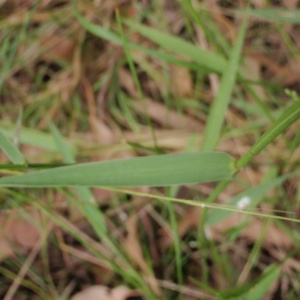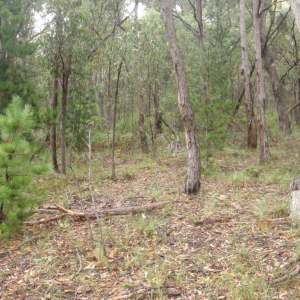Re-vegetation with native species can be a great way to enhance the local environment, provide habitat for local wildlife and also shade out weeds such as Blackberries and Ragwort. One thing to be aware of is that some weeds thrive in shady conditions and if left unchecked can rapidly take over and smother and kill any of your new plantings and provide no chance for other native species to naturally regenerate. Weeds that already exist in the area and that thrive under canopy shade include Blue Periwinkle (Vinca Major), Arum Lily (Zantedeschia aethiopica) and Wandering Creeper (Tradescantia fluminensis). A major priority of any project, where shady conditions exist or will be created, should be to control these weeds if they are present. If you are planning re-vegetation these weeds should be eliminated from a site before you start any planting.

















